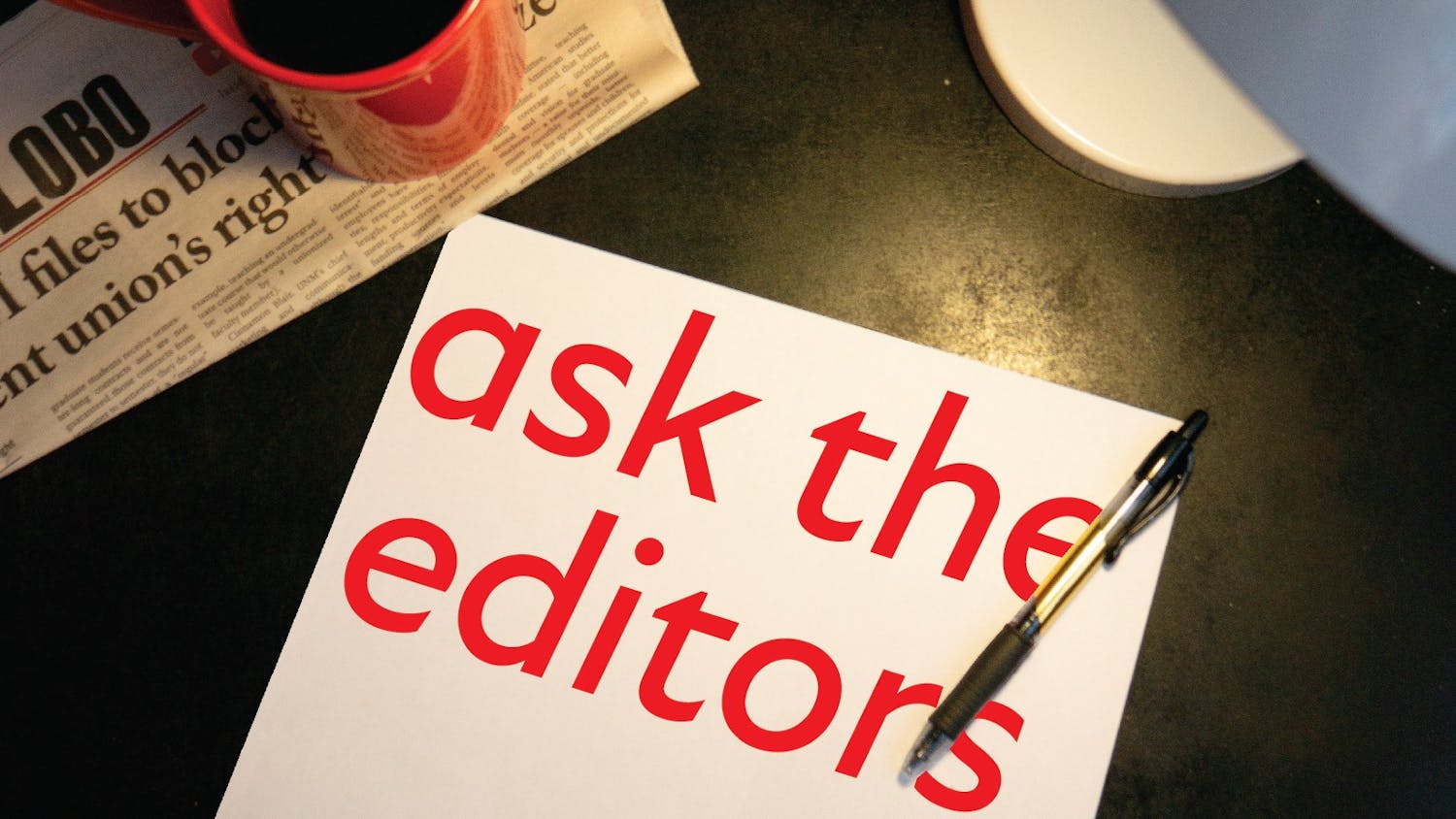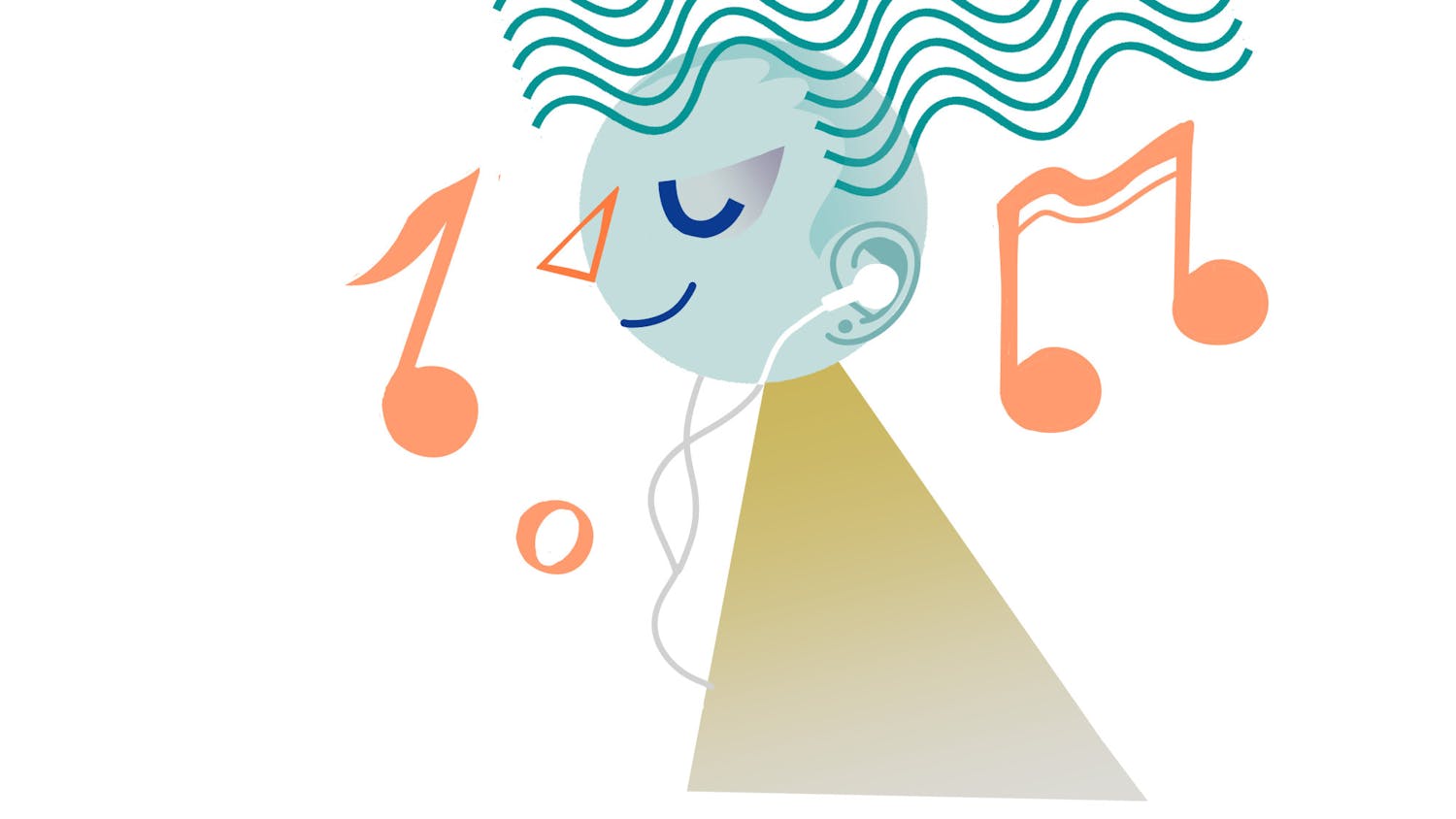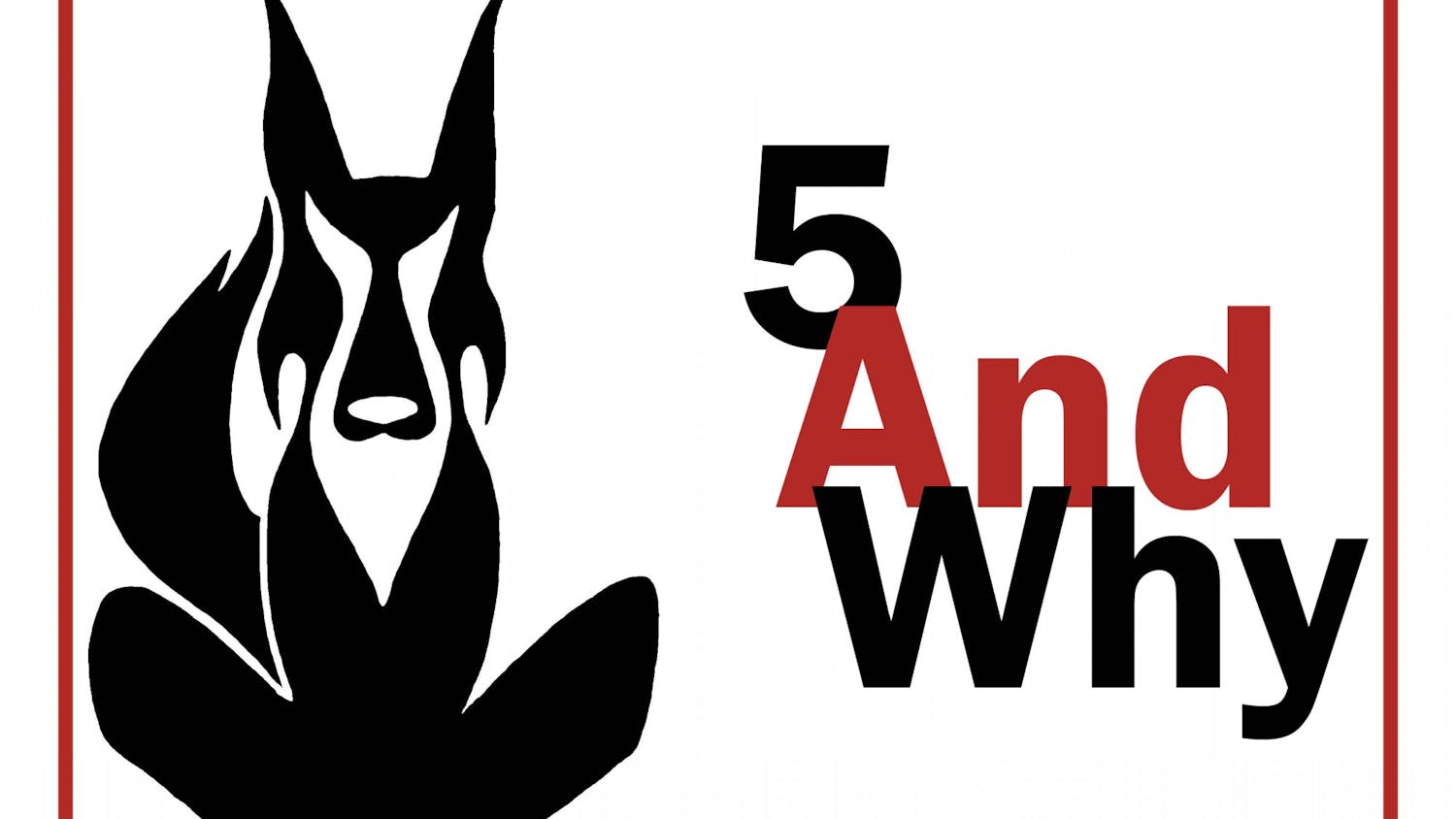Representation of women in the media in both film and television has always been rather skewed.
These representations almost always consist of women bending to the stereotypes that society deems acceptable to be considered beautiful. However, beyond just the superficial representation of women in film and television, these portrayals also do damage in the character department.
According to an overview of a series of studies conducted by Dr. Stacy Smith of the University of Southern California and her research team titled Gender Stereotypes: An Analysis of Popular Films and TV, “females take up half the space in society, yet, especially in films aimed at children, they appear much less frequently than do males. Nevertheless, when they do make it onto the silver or small screen, their portrayals can undermine their presence by being ‘hyper-attractive’ or ‘hypersexual’ and/or passive.”
The representation of women in the media has made significant strides. Long gone are the days where the only representation of a woman was the happy housewife dedicated to only her place in society with no opinion or mind of her own. We now have women in almost any genre, and often of a variety of races, portrayed in the media. However, despite this, there are certain stereotypes that female characters still have not broken free of.
To cross-examine some of these stereotypes that cling to the representation of women, I would like to look at two different portrayals of women in the same genre — superheroes.
To make this comparison less confusing, I will not include either superheroine’s comic book counterpart, but rather only how they are presented onscreen.
I believe one of these succeeded in representing a strong female without falling to stereotypes, while the other still held to long-standing tropes applied to women.
My first example is Black Widow, the superheroine portrayed in “The Avengers” and other Marvel films. Somehow as the only female on the team, she fills every stereotype that has been applied to the majority of females on television and film. She’s the sexy redhead who looks good in leather who is also trying to hook her male friend up (and makes out with him for a distraction in one film) and even gets downgraded to a love interest for one of the men on the team in a later film.
It seems literally impossible in film (or television for that matter) for a woman to be on a team with males and not hook up with one of the men.
Black Widow is a fan favorite among many, and there are reasons for this. She is often given a large amount of action scenes and is one of the few Avenger heroes to show up in multiple films outside of the “Avengers” films. Still, despite the action scenes given to her, Black Widow is often included in most scenes as the token female, and her presence rarely drives the plot.
She is the only female Avenger, but she has no archenemies herself. Her past is alluded to as being quite tragic, but she has no long-lasting scars whether physical or emotional that show this impacting her on a deep level. We only have what she tells us, and as an audience, we are expected to believe it.
Without dialogue, no audience member would conclude that she is an ex-spy who was forced to undergo severe trauma that would break the average person in order to become a tool for her government. After all, she jokes with her teammates and tries giving dating advice to one of them. She’s a calming force for the Hulk and a romantic interest for Banner. Not exactly what one would expect from a victim of trauma.
Get content from The Daily Lobo delivered to your inbox
In direct opposition to this, I am going to introduce another female superheroine, Jessica Jones, from (oddly enough) the same company, Marvel, who doesn’t appear in film but rather in her own series on Netflix. Jones, while still thin and attractive like her counterpart Black Widow, is oddly enough not quite as sexualized. Even in her own show, which has multiple sex scenes, she is portrayed as an equal partner, sometimes perpetrator and not as an object.
In the series “The Defenders” (a counterpart to “The Avengers”), Jones is never dressed in sexy or tight clothing and is portrayed as a sarcastic woman who has severe drinking problems tied to the mental trauma she experienced with her own villain.
Right off the bat, you can see the differences between these two portrayals of women. Black Widow is defined immediately by how sexy she looks in leather, and while she is supposed to have trauma, it doesn’t affect her ability to do her job and certainly doesn’t affect how she looks.
Jones is easily the strongest member of her team and is given equal screen time to her teammates. Like her teammates, she has her own show, her own villain and her own supporting cast. She is never a supporting character — she drives the stories with her decisions and plays an equal hand in the narrative.
Now Jones is not the perfect hero — she is a mess through most of her show and even in parts of “The Defenders.” But she is real. Women can become alcoholics just as easily as men and deal with trauma on the same levels.
The last and largest difference I would like to point out between the two women is the fact that one is famous and well-known, due to being in a film adaptation that Marvel has poured money into, while the other is a member of a Netflix show that, while popular, definitely holds less risk if the audience isn’t receptive. Those who control the media may be willing to represent different types of women but they’re not yet willing to take major financial risks on these more realistic representations.
Black Widow is still a far cry from much older superheroines that fill the role of eye candy and nothing else. But as a woman who has watched both “The Avengers” movies and the Netflix “Defenders” series, I can’t help but hope that one day future representations of heroines are able to take as many risks as “Jessica Jones.” The creators are showcasing a female heroine’s humanity alongside her powers, while she overcomes real issues that are experienced by real men and women alike.
Nichole Harwood is a news and culture beat reporter at the Daily Lobo. She primarily covers alumni and art features. She can be contacted at news@dailylobo.com, culture@dailylobo.com or on Twitter @Nolidoli1.





